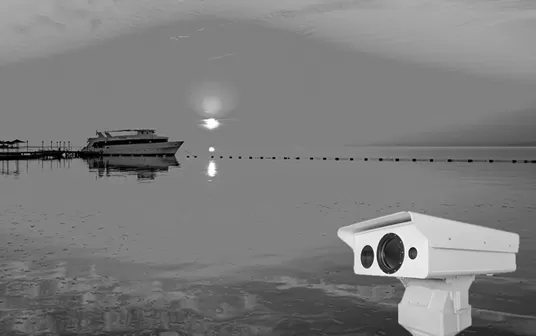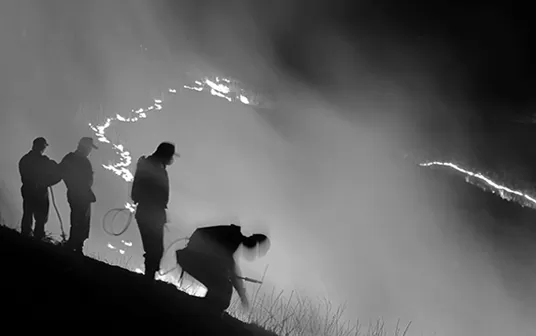Applications
Infrared lenses are classified mainly in three kinds in terms of wavelength range. Short-Wave Infrared (SWIR) Lenses, with a wavelength of about 1-3μm. Mid-Wave Infrared (MWIR) Lenses, in the 3-5μm range. Long-Wave Infrared (LWIR) Lenses, operating at 8-14μm.
IR lenses have a wide range of applications. In industrial areas, mid-wave lenses are used to monitor high-temperature processes such as steel smelting, guaranteeing product quality, while long-wave lenses detect heat in industrial machinery, helping to identify potential malfunctions early. For security and surveillance, mid-wave lenses are excellent for outdoor night-vision, being able to penetrate fog and dust, and long-wave lenses are utilized in perimeter security, sensing human body heat from a distance to trigger alarms. In medical and healthcare, long-wave lenses play a role in medical thermography, assisting doctors in detecting abnormal body heat related to diseases like breast cancer for more accurate diagnoses. In environmental and scientific research, these lenses are used to study surface temperature, vegetation, and water quality in environmental monitoring, and mid-wave lenses help observe infrared-emitting celestial objects in astronomy.
View More

In the aerospace field, infrared lenses play an indispensable role. Airborne night vision is one of its important applications. In addition, in satellite remote sensing, infrared lenses can penetrate clouds and obtain information such as surface temperature and vegetation cover, contributing to agricultural monitoring, geological exploration, and more. It also can detect the infrared radiation of celestial bodies like asteroids and comets.

Infrared lens can operate in low-light or even complete darkness, using the infrared radiation emitted by objects for imaging. Moreover, they are not affected by severe weather such as heavy rain and thick fog, and can penetrate these obstacles to capture targets, ensuring the stability of monitoring, greatly enhancing the reliability and comprehensiveness of security monitoring.

Since different materials and components in industrial settings have distinct infrared emission characteristics, these lenses enable the detection of thermal anomalies. In the manufacturing of mechanical parts, infrared lenses can detect areas with abnormal heat distribution during the production process, helping to ensure product quality and prevent defects.

At the fire scene, infrared lenses can penetrate smoke and flames and clearly display the location of trapped persons, the direction of fire spread, and the ignition point. This helps firefighters quickly formulate rescue plans, improve search and rescue efficiency, and reduce casualties and property losses. In addition, it can also be used for fire hazard investigation to discover potential fire risks such as overheating of electrical equipment and accumulation of flammable materials in advance.
Hot-Sale Product